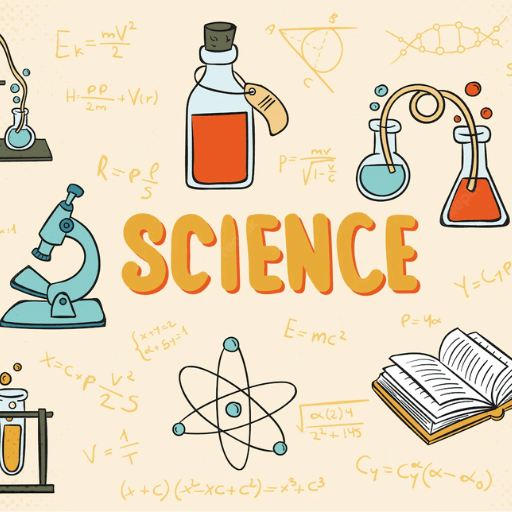Textbook Solutions: Electricity | Eureka Plus Class 6: Book Solutions, Notes & Worksheets PDF Download
I. Write the correct word/s to represent each of the following:
1.
Ans: battery
2.
Ans: positive terminal
3.
Ans: negative terminal
4.
Ans: tungsten
5.
Ans: LED
6.
Ans: turbine
7.
Ans: hydroelectric power plant
8.
Ans: resistor
II. Answer the following questions in one sentence.
1.
Ans: Light and heat.
2.
Ans: When the filament breaks, and it cannot produce light.
3.
Ans: The LED will fuse instantly.
4.
Ans: The longer wire (positive terminal) of the LED.
5.
Ans: The shorter wire (negative terminal) of the LED.
6.
Ans: To complete or break the electric circuit, controlling the flow of electric current.
7.
Ans: The force of flowing water.
8.
Ans: Because copper is a good conductor of electricity and is cheaper.
III. Answer the following questions in two to three sentences.
1.
Ans: When electricity flows through the tungsten filament, it becomes extremely hot, producing light and heat.
2.
Ans: LEDs last longer, consume less electricity, produce less heat, and are almost unbreakable compared to ordinary bulbs.
3.
Ans: Because burning coal in a thermal power plant releases pollutants into the air.
4.
Ans: Electric conductors allow electricity to pass through, while insulators do not.
5.
Ans: A hydroelectric power plant uses the force of flowing water to turn turbines, which generate electricity.
6.
Ans: A solar power plant uses solar panels to convert solar energy into electricity.
 |
Download the notes
Textbook Solutions: Electricity
|
Download as PDF |
IV. Give reasons.
1.
Ans: Because the chemicals inside the cell get used up.
2.
Ans: To protect the filament from heat and prevent it from breaking.
3.
Ans: Because the tungsten filament becomes extremely hot when electricity flows through it.
4.
Ans: Because LEDs are more energy-efficient than ordinary bulbs.
5.
Ans: Because LEDs have thick metal strips instead of delicate tungsten wire.
6.
Ans: Because it generates electricity from solar energy without burning fossil fuels.
V. Answer the following questions in six to seven sentences.
1.
Ans: An electric bulb consists of a thin clear glass envelope with a filament made of tungsten metal inside. The filament is connected to two thick wires, serving as the positive and negative terminals. The bulb is filled with argon gas, protecting the filament from heat. When electricity flows through the tungsten filament, it becomes hot, producing both light and heat.
2.
Ans: LEDs have thick metal strips instead of a thin delicate wire. The longer wire is the positive terminal, and the shorter wire is the negative terminal. LEDs can emit different colors, such as red, green, yellow, blue, and white. They last longer, consume less electricity, and are almost unbreakable compared to ordinary bulbs. An LED allows electricity to flow only in one direction, and it needs a proper resistor in the circuit to control the current flow and prevent it from fusing.
|
22 videos|80 docs|16 tests
|
FAQs on Textbook Solutions: Electricity - Eureka Plus Class 6: Book Solutions, Notes & Worksheets
| 1. What is electricity? |  |
| 2. How is electricity generated? |  |
| 3. What is the difference between AC and DC electricity? |  |
| 4. How does electricity flow through a circuit? |  |
| 5. What are the units used to measure electricity? |  |



















